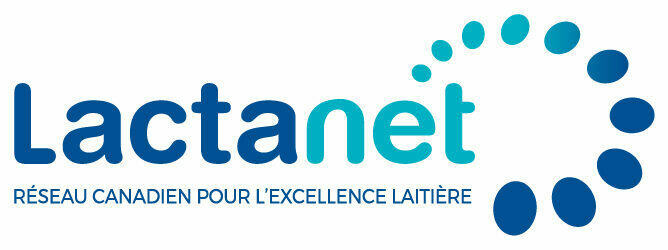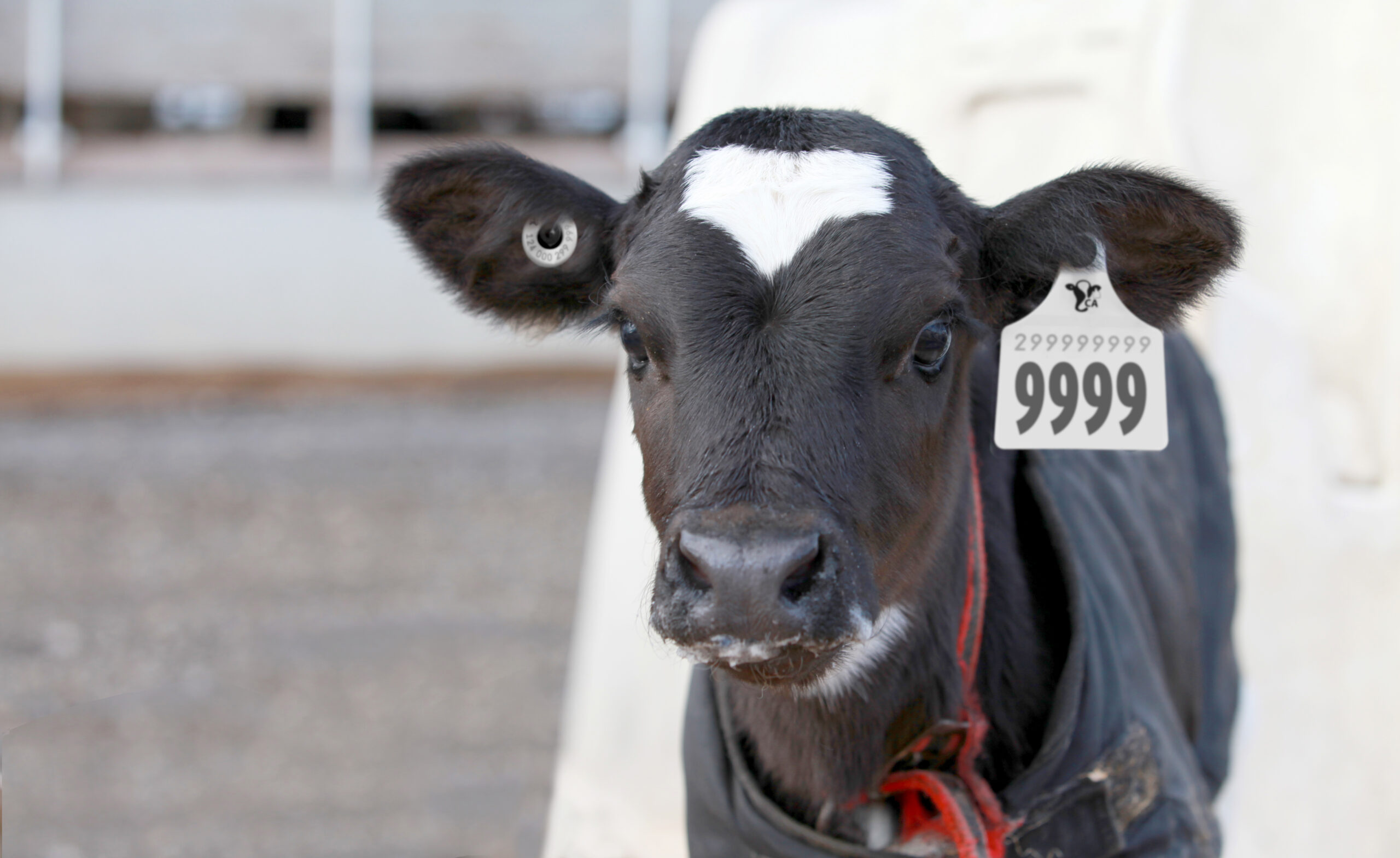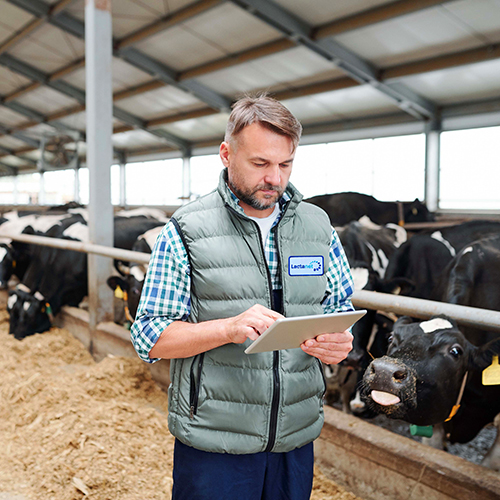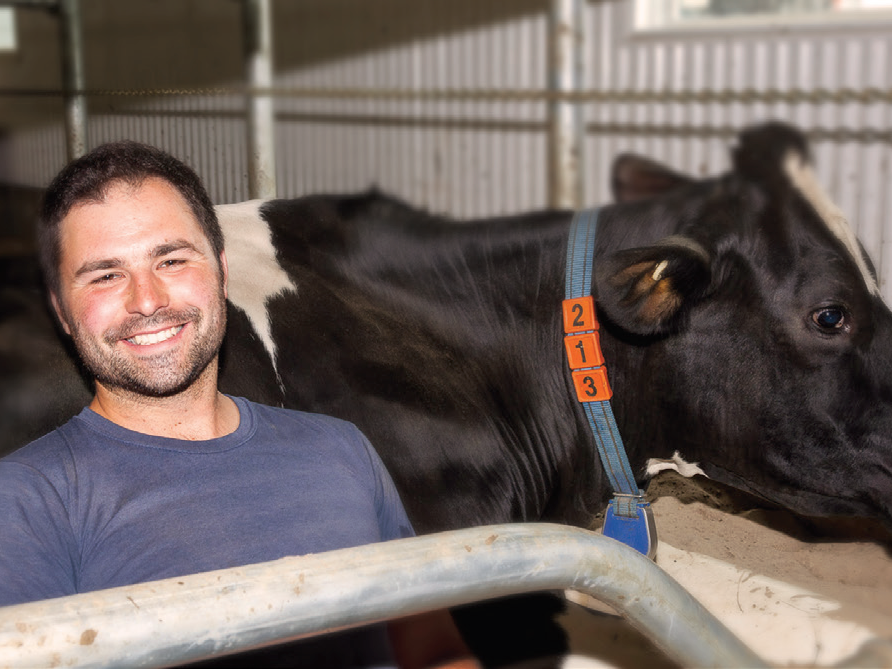Updates for the December 2021 Genetic Evaluation Release
- November 10, 2021
For each official genetic evaluation release, we take the opportunity to update and improve our current services to ensure we are providing the best possible genetic selection tools to Canadian dairy farmers. Along with this update, we are also introducing new services and tools that are expected to be released in the near future. Here are the updates for the next genetic evaluation release scheduled for December 7, 2021.
What’s New This December Release
Functional Trait Interpretations
Lactanet will be adding new daughter performance interpretations for functional traits. Functional traits are presented using a standardized scale, called Relative Breeding Values (RBV). This makes it easier to compare a sire’s genetic potential for traits with different units, such as the number of days open for fertility and percentage of healthy daughters for disease traits. We know it can be challenging to relate the RBVs to on-farm performance.
For this reason, Lactanet has created a new functional trait interpretation column to the Genetic Evaluation Summary page for bulls in the Holstein, Ayrshire and Jersey breeds. This column translates the bull’s genetic merit (RBV value) into the expected on-farm performance of their daughters compared to the performance of daughters of an average sire with an RBV of 100. For example, a Holstein bull with a Hoof Health RBV of 105 and Daughter Fertility RBV of 110 is expected to have daughters with 9.5 fewer days open and approximately 7% fewer hoof lesions relative to daughters of a breed average sire at 100 RBV. Look for this new column added to each bull’s Functional trait section on the Lactanet website.
Indirect Herd Life
Lactanet geneticists have recently updated the formula for calculating Indirect Herd Life in each breed. Published evaluations for Herd Life are made up of two parts: Direct Herd Life and Indirect Herd Life. Sire proofs for Direct Herd Life are based on actual survival data of their daughters, which means these bulls are old enough to have lactating daughters. Indirect Herd Life is used as an early predictor of daughter survival and is calculated based on a formula that combines genetic evaluations for a list of traits known to affect lifetime daughter survival. These traits include daughter fertility, resistance to mastitis and other diseases, as well as various type traits and functional traits.
Since the last time the Indirect Herd Life formula was updated, genetic evaluations have been introduced for new health and functional traits that are also known to influence longevity. While this new Indirect Herd Life formula helps better predict an animal’s true longevity, for most animals there will only be minor changes in their published Herd Life evaluation since Direct Herd Life remains unchanged. Continue using Herd Life to improve the longevity and profitability potential of your herd!
Genomic Impact Visualization Tool
In response to a resolution brought to Lactanet, the Board of Directors approved the introduction of a new website page in December 2021. This new “Genomics Impact” page is a visual representation of how your heifer’s genetic evaluation for LPI, Pro$ and several traits changed from its Parent Average after genomic testing. Although the heifer’s resulting evaluation may increase or decrease with genomics, its level of Reliability will be higher. This means that you can be more confident with your breeding decisions.
This change in the official genomic evaluation will be represented on a standardized scale – which lets you see if the change is significant or not from trait to trait. It’s important to remember that this tool shows you how your heifer’s evaluation has changed with genomics being included and that selection decisions should be based only on the animal’s official genetic evaluation. This new tool will be available for all Canadian-owned genotyped females.
Feed Efficiency Soon Available to All Canadian Producers
Feed Efficiency genetic evaluations will soon also be made available to herd owners not enrolled on Lactanet’s milk-recording services! Starting mid-December, herds that do not participate in routine herd recording will have the opportunity to purchase Feed Efficiency genetic evaluations for their Holstein heifers and cows. Evaluations will be available on the Lactanet website via the animal’s Genetic Evaluation Summary page and may be purchased for $5 per animal. Herds that participate in classification will receive a $1 credit per animal. More details to follow.
Extended Availability of Unofficial Genomic Bull Evaluations for Canadian Breeders
In response to another 2021 resolution, the Lactanet Board also approved the distribution of unofficial genomic evaluations for Canadian males to an age of 18 months instead of the current 12-month age limit. Unofficial genomic evaluations for qualifying bulls will be included in distribution files starting December 2021.
Coming Early in 2022
Introducing the A2 Genotype Probability Report
Lactanet will be introducing a new report to its customers based on beta casein (A2) genotype probabilities! Testing for the A2 genotype is gaining interest. More and more A2A2 sires are also being marketed and used across Canada. Lactanet geneticists have developed a comprehensive A2 genotype probability algorithm that estimates an animal’s probability of having the A2A2, A1A2 or A1A1 genotype based on their relationship to animals with known A2 gene test results. This report will help you know the A2 profile of your herd and identify animals most likely to be A2A2, an A2 carrier or not carry the A2 gene at all.
Starting later in January 2022, you can sign into your MySite account on the Lactanet website to access this new A2 Genotype Probability Report based on all herdbook registered females in your Lactanet herd inventory.
Transitioning from CDN to Lactanet Websites
All Lactanet Genetics customers and users of the cdn.ca website are encouraged to familiarize themselves with the Genetics section of the lactanet.ca website launched earlier this year. Starting January 2022, users of the longstanding and popular CDN web site will be redirected to a similar page on the Lactanet website, which will then be the ONLY website for accessing updated genetics content. Make sure to update your favourite bookmarks to the Lactanet.ca website. Implementing these updates with the December 2021 release helps our genetic evaluations remain stable, balanced and user-friendly.
To learn more about Lactanet’s genetic evaluation services and other genetic tools, visit https://lactanet.ca/en/genetic-evaluations/.











